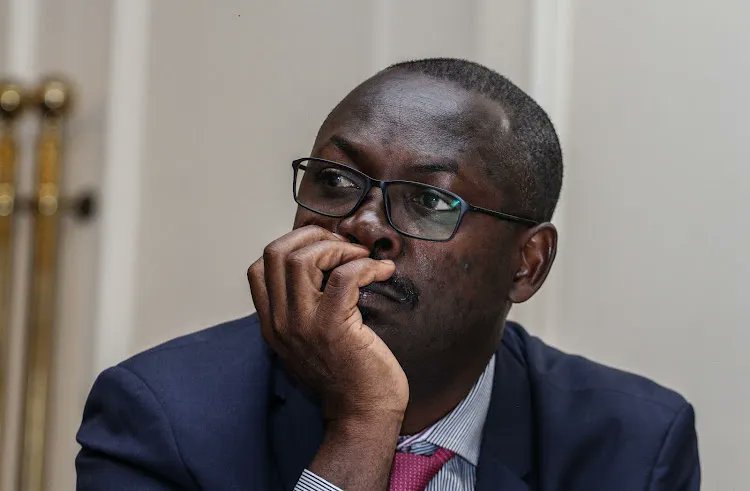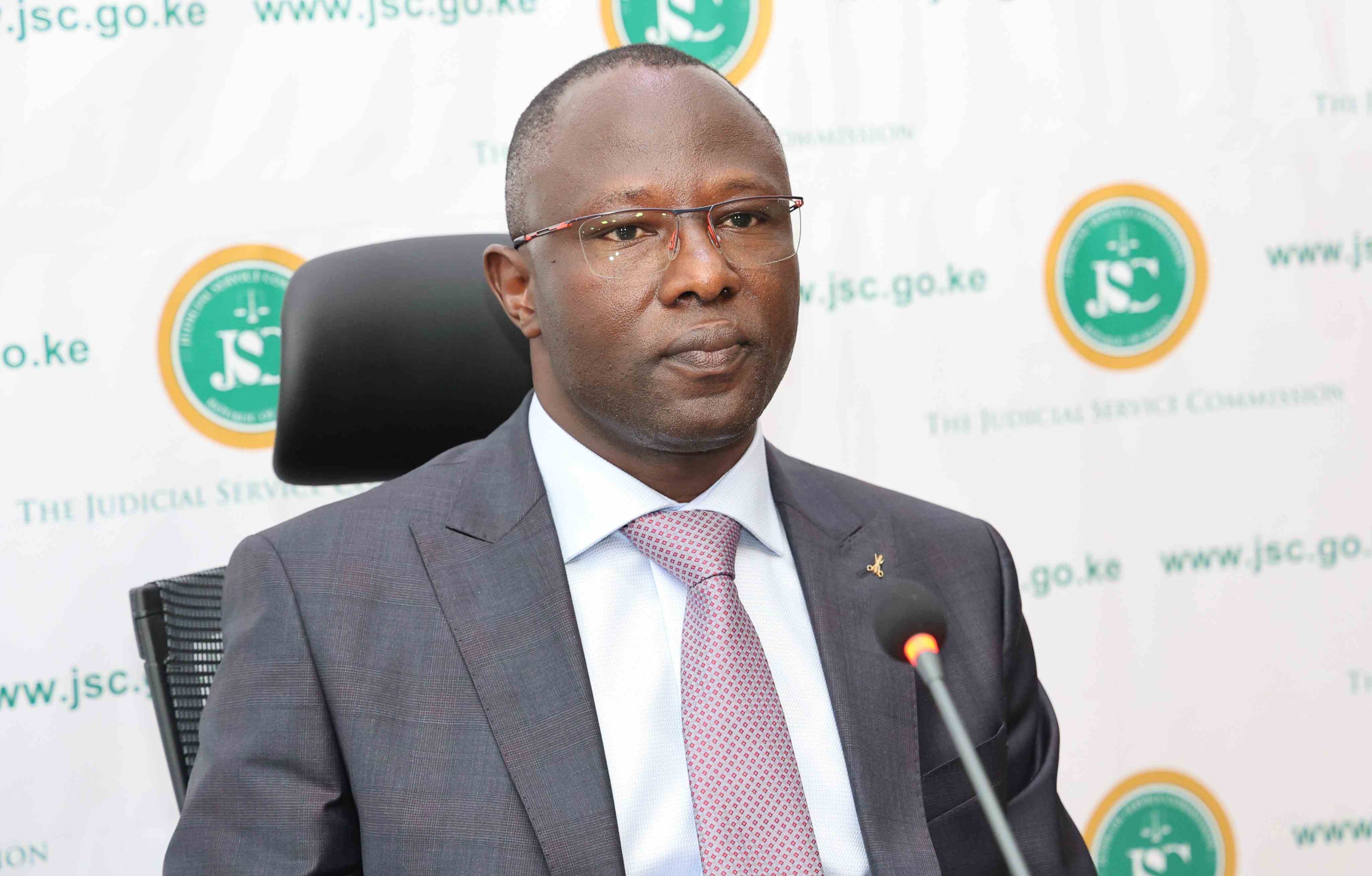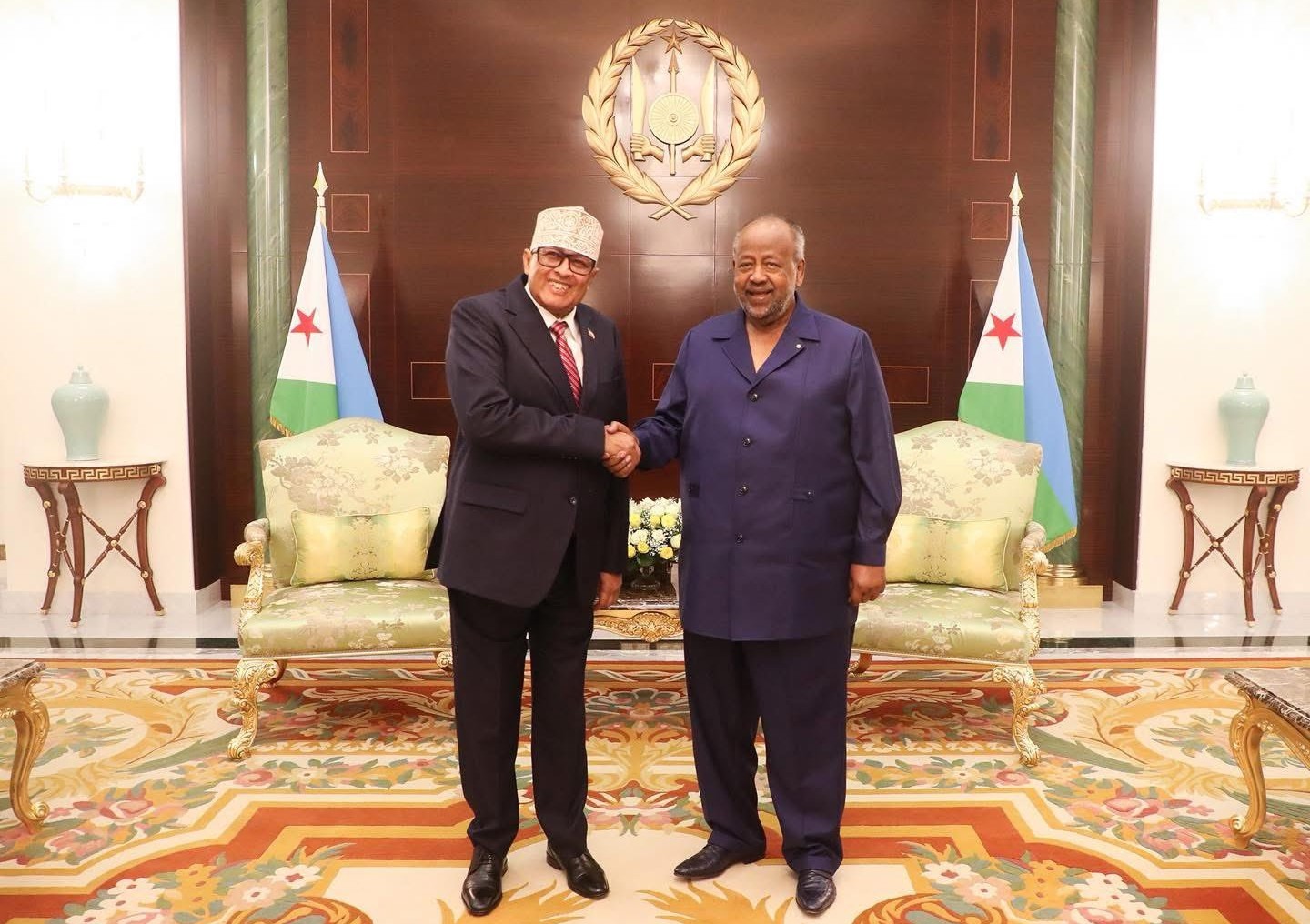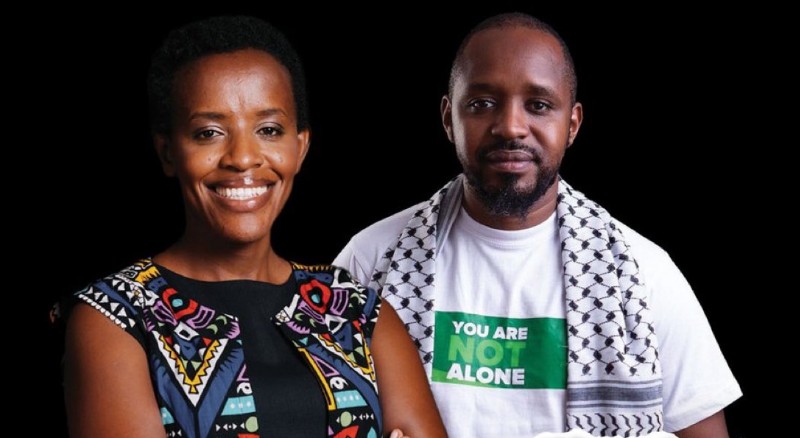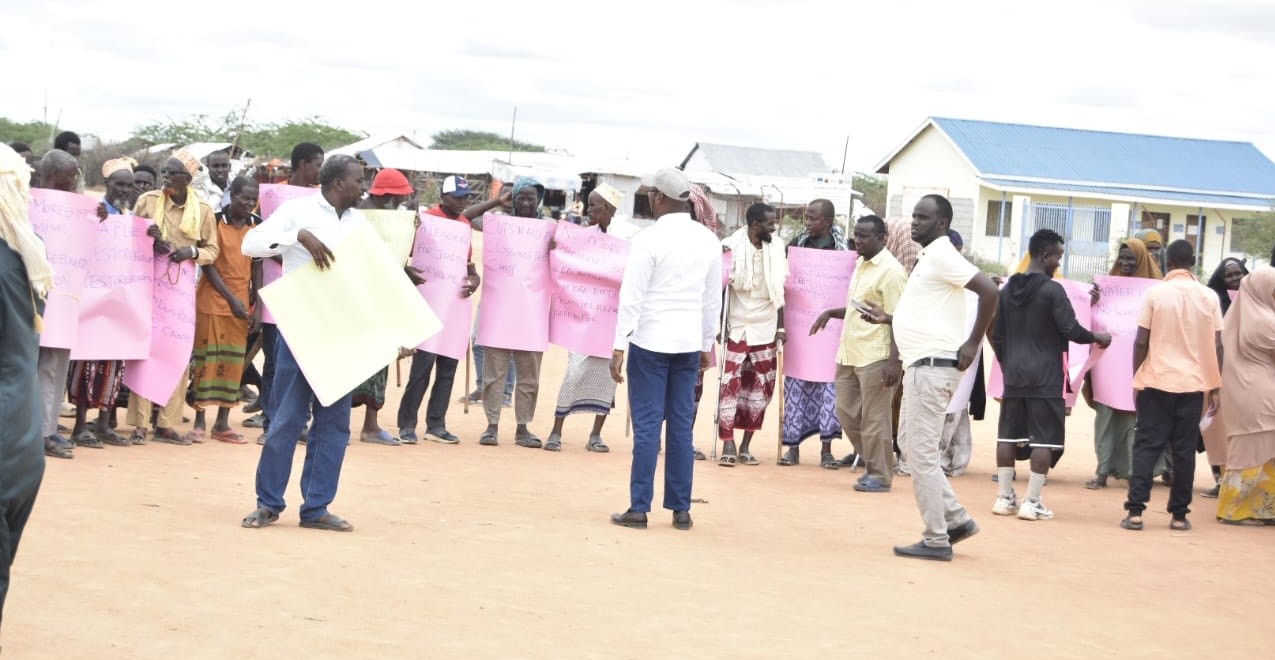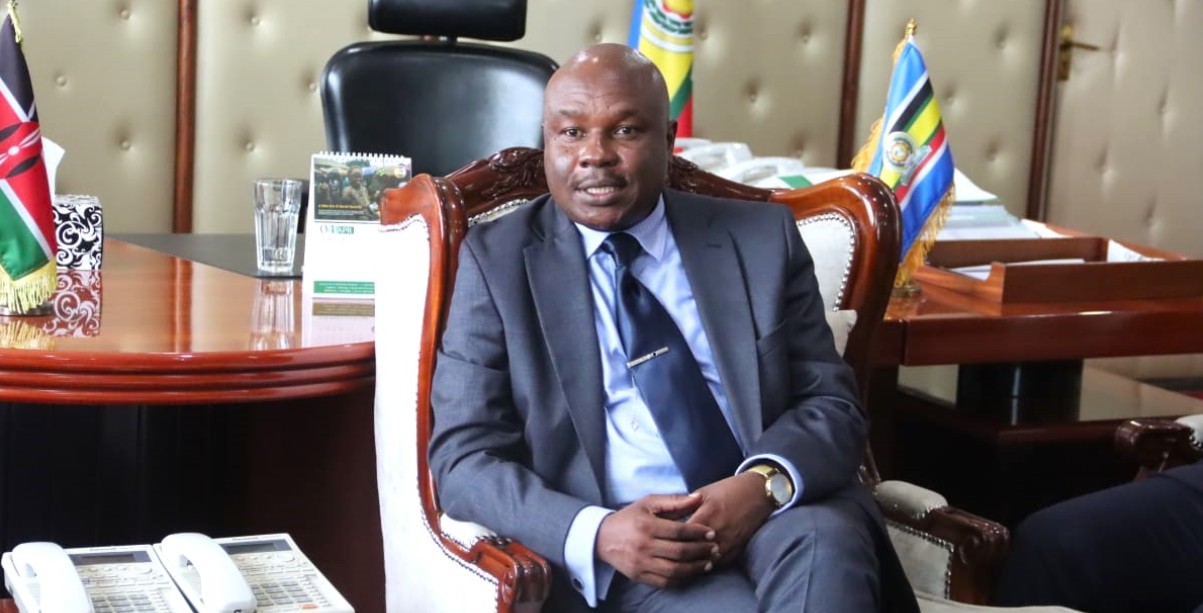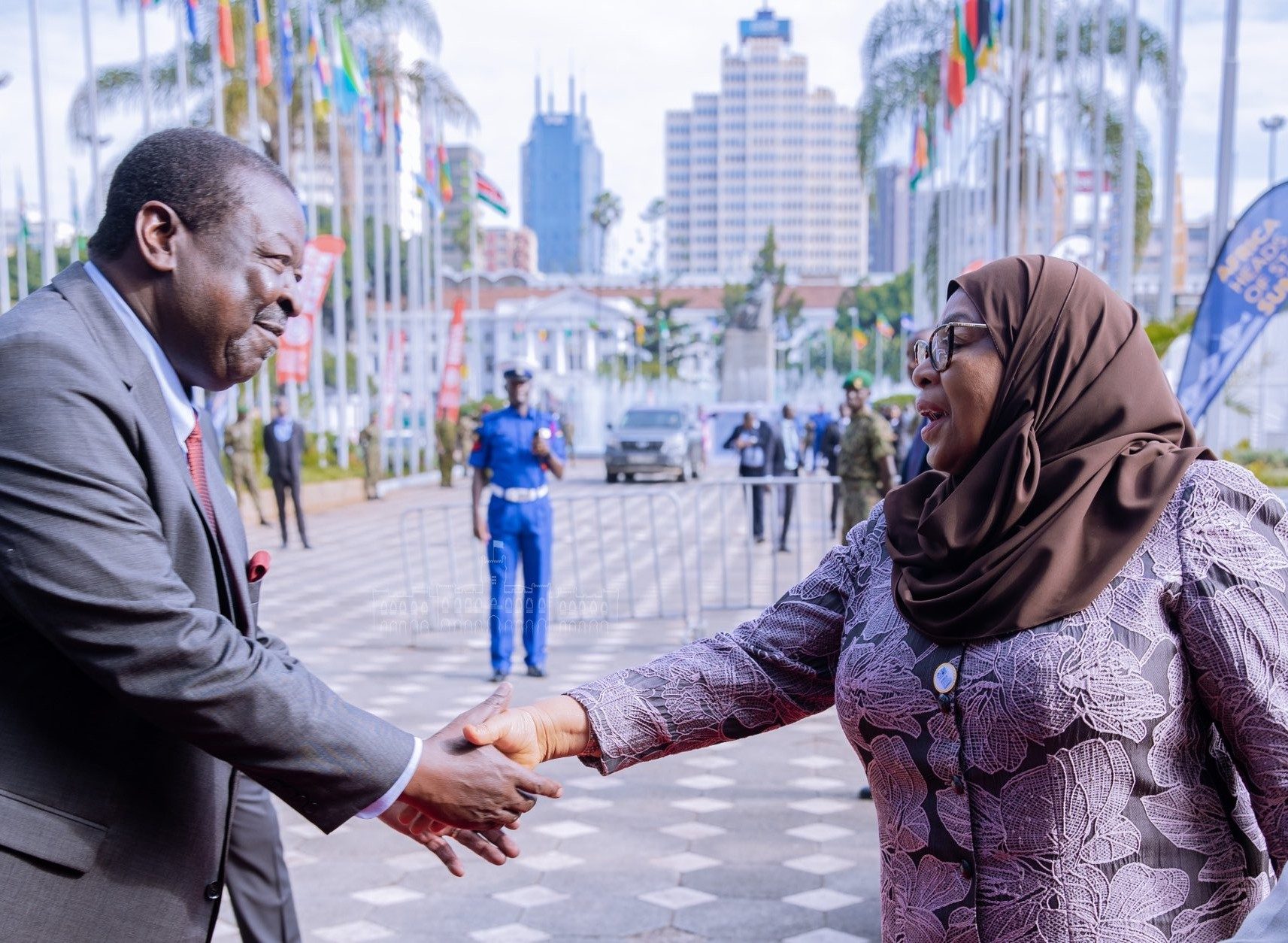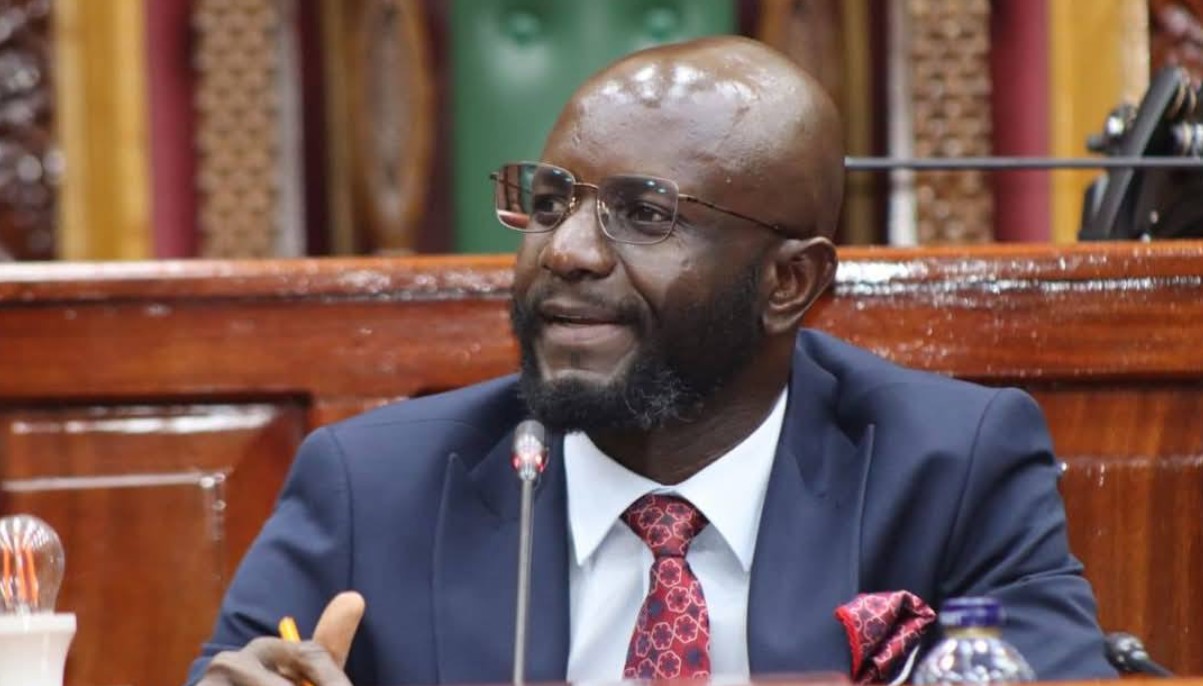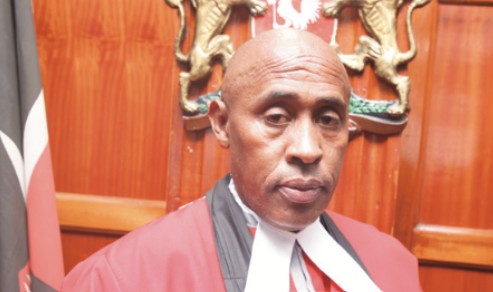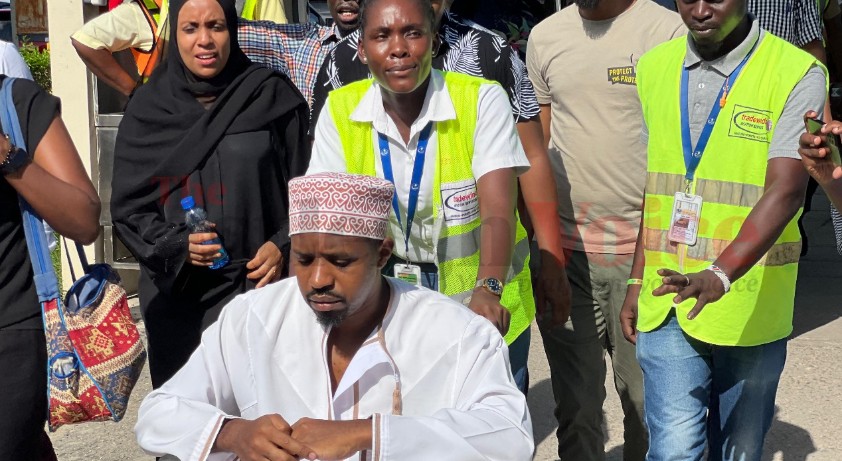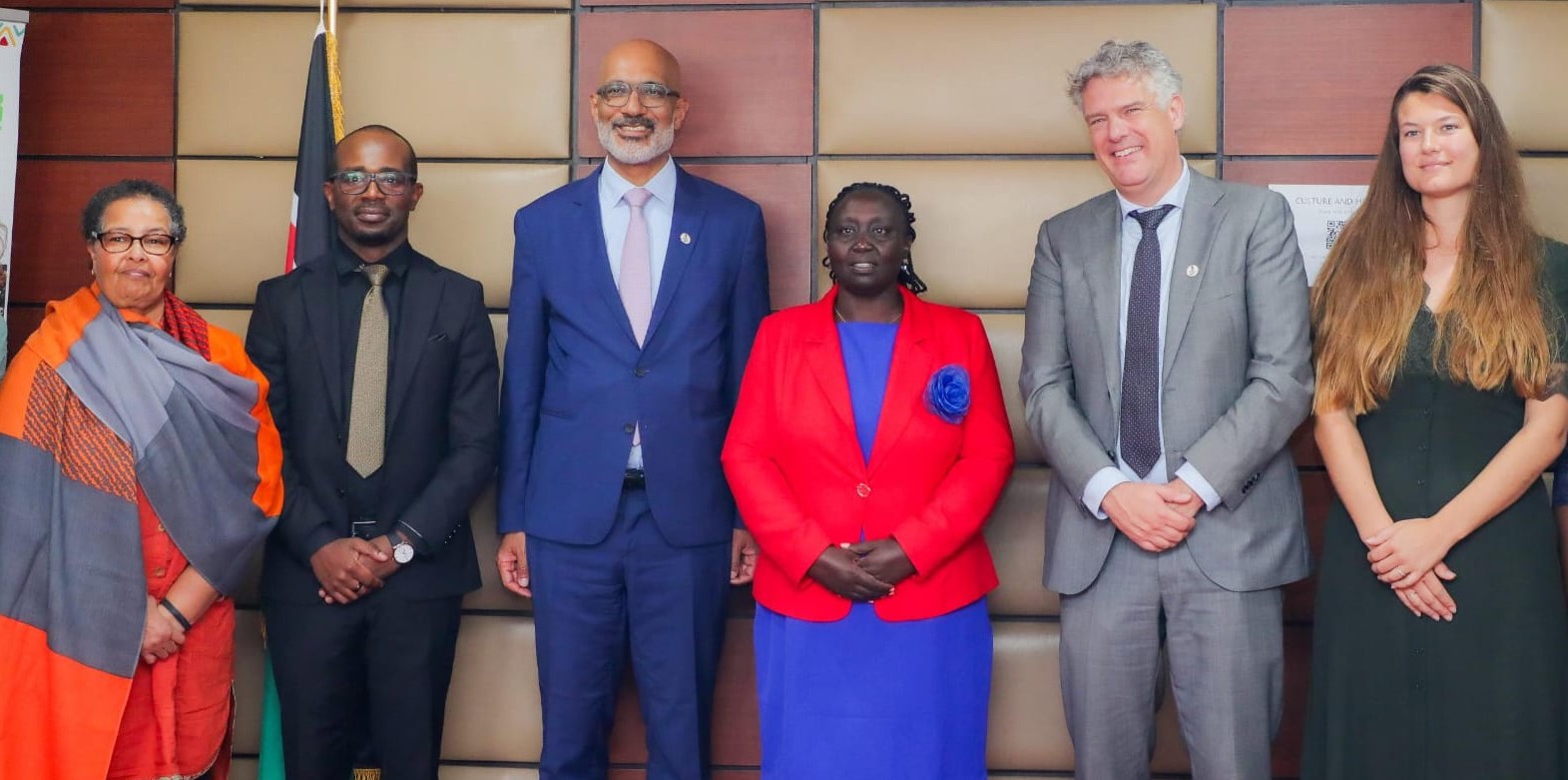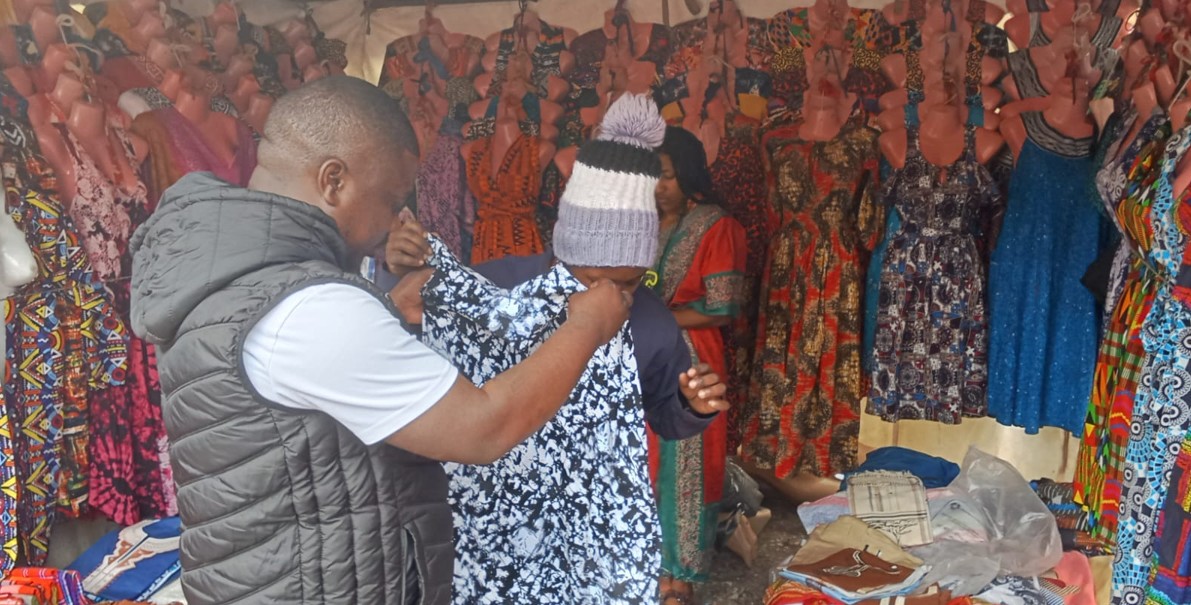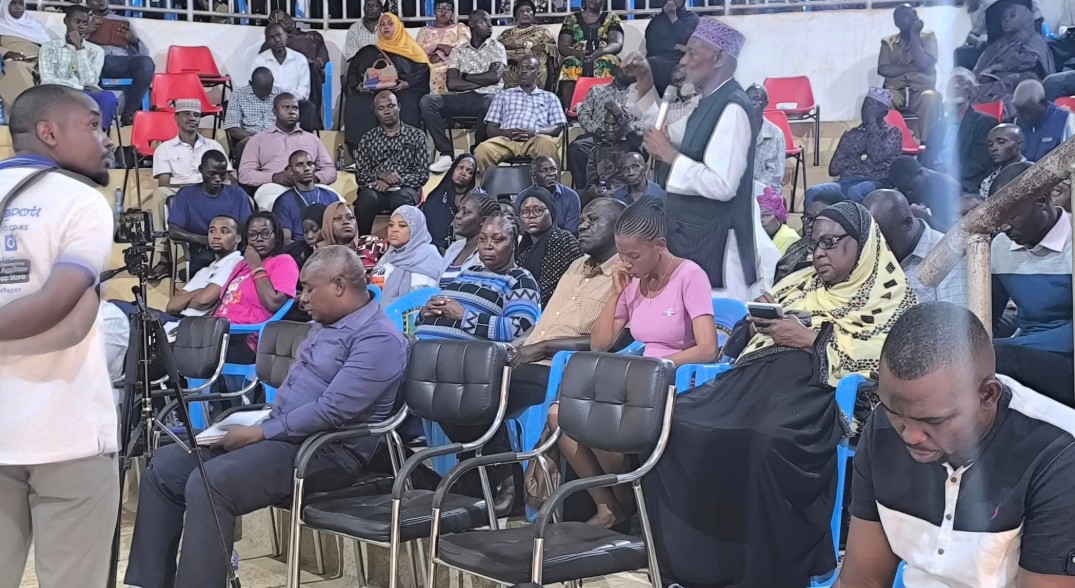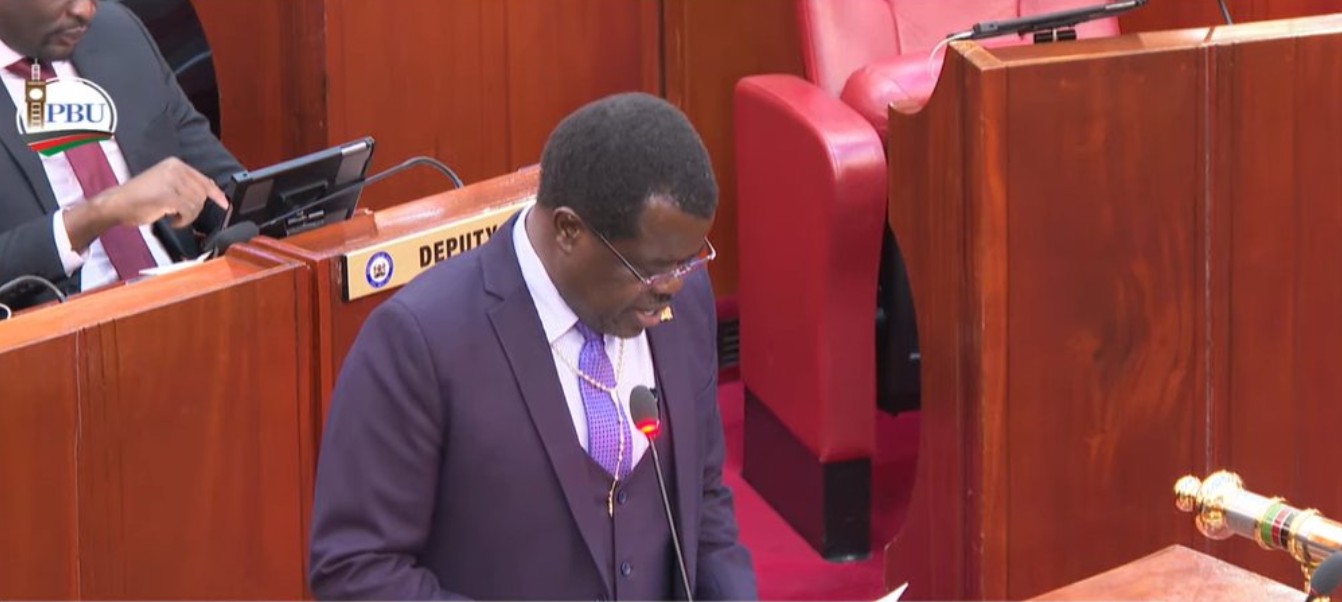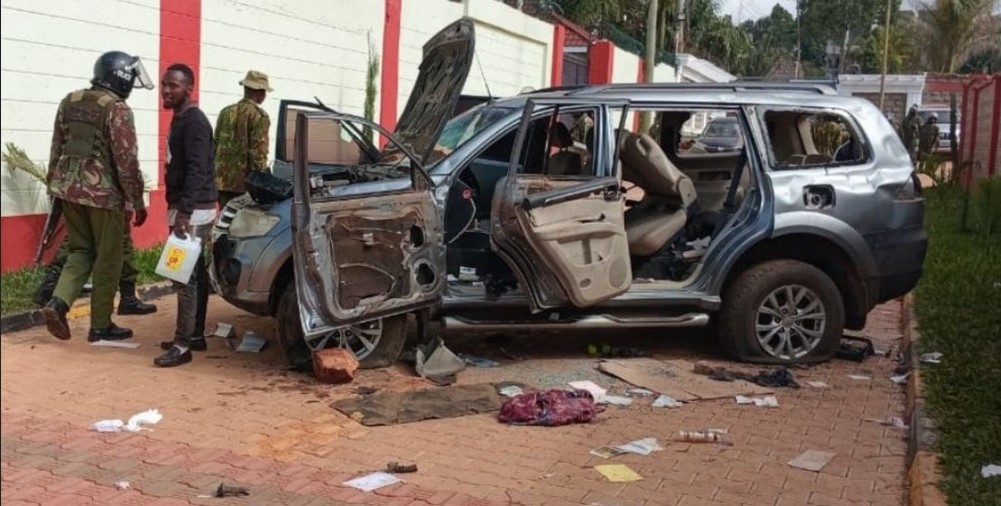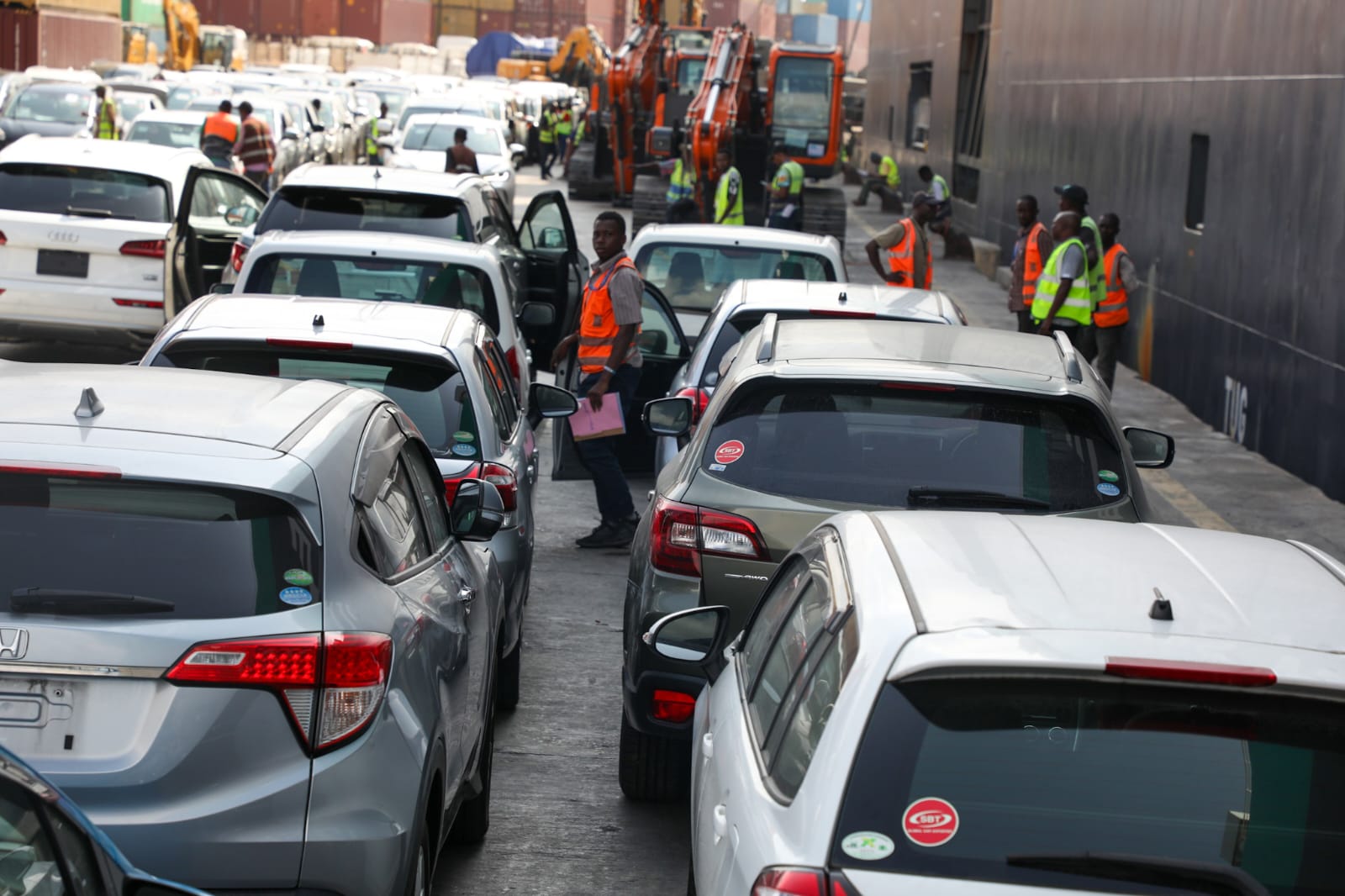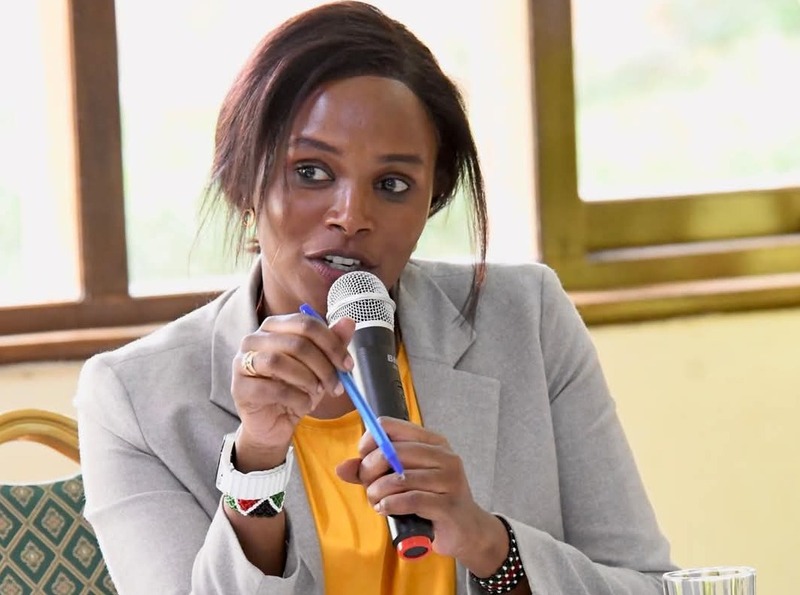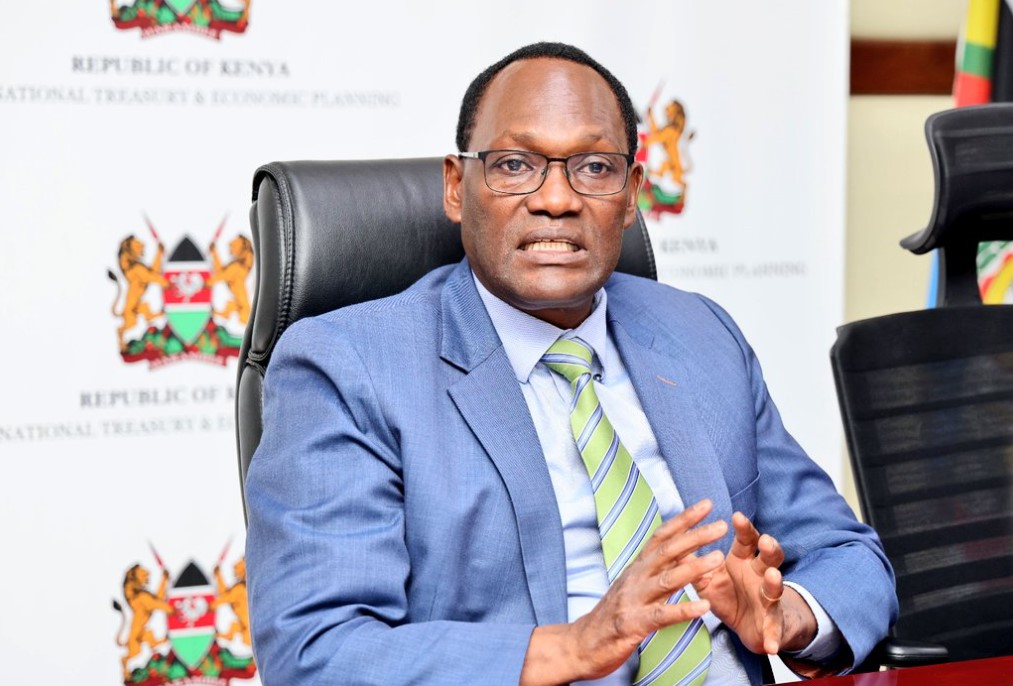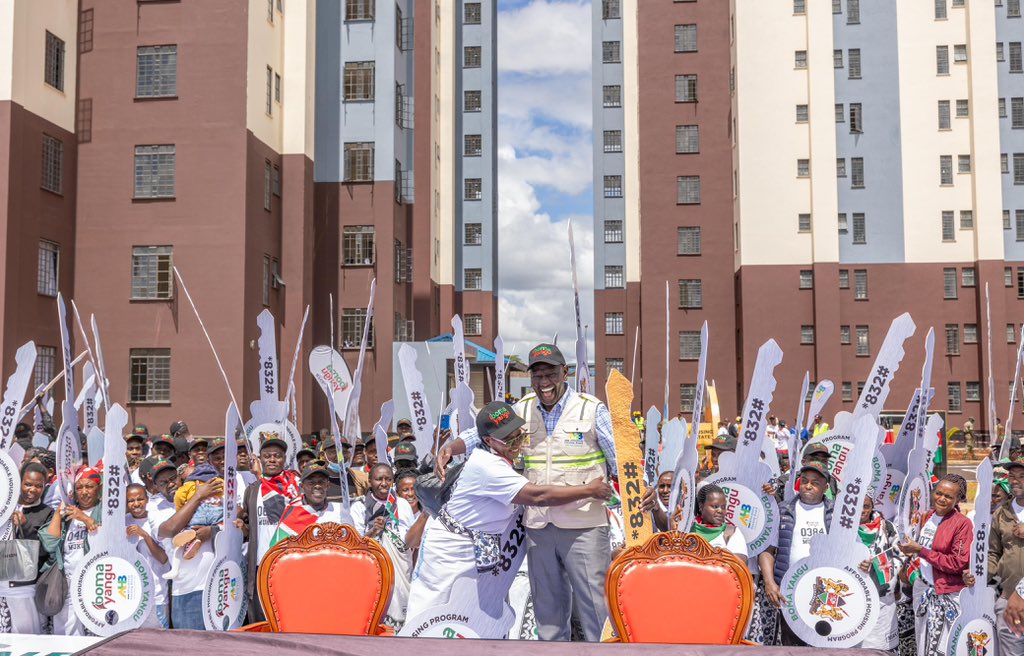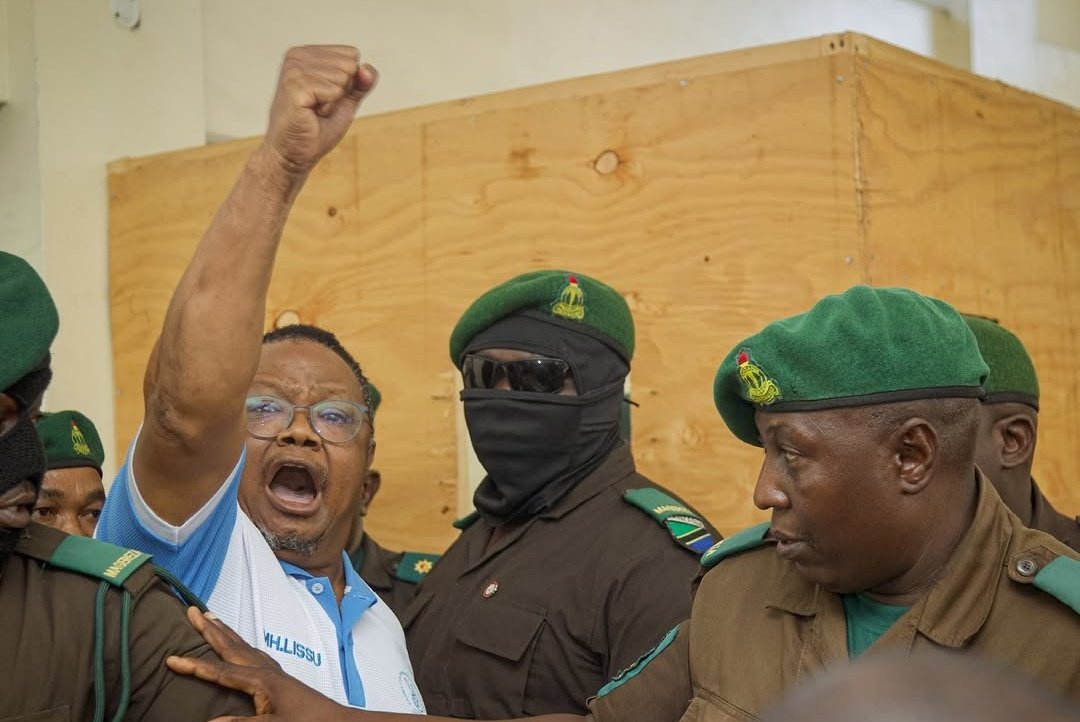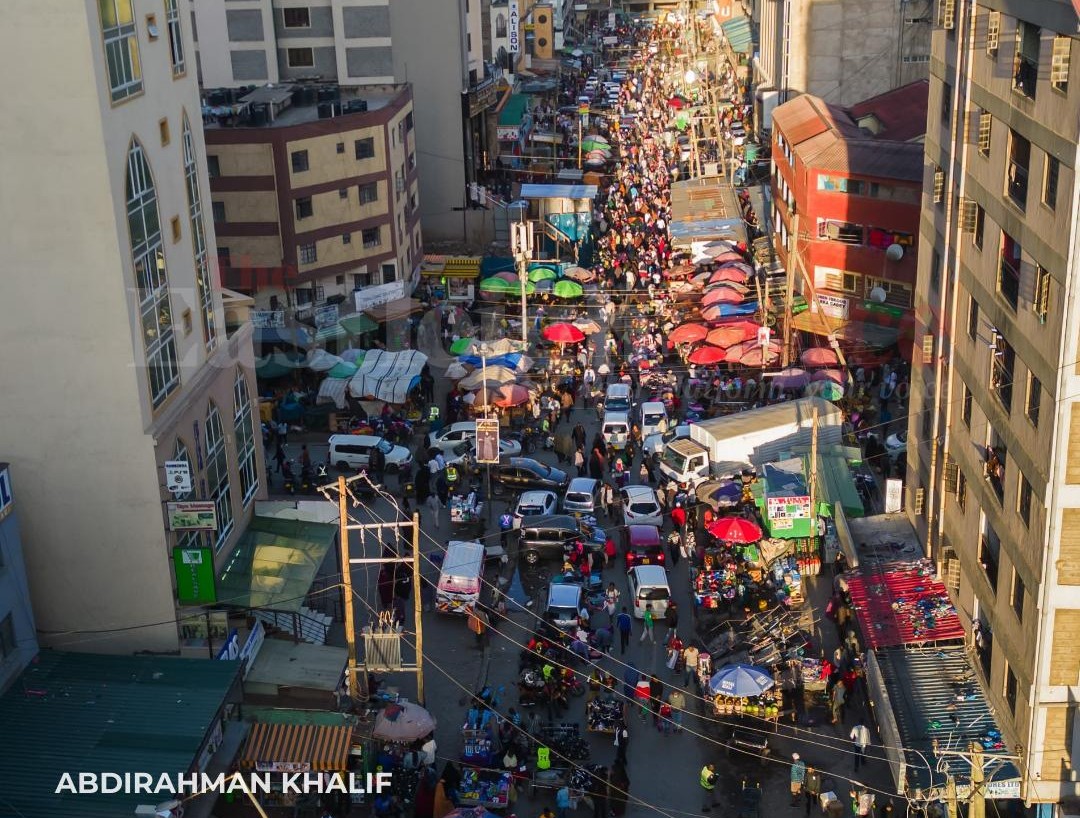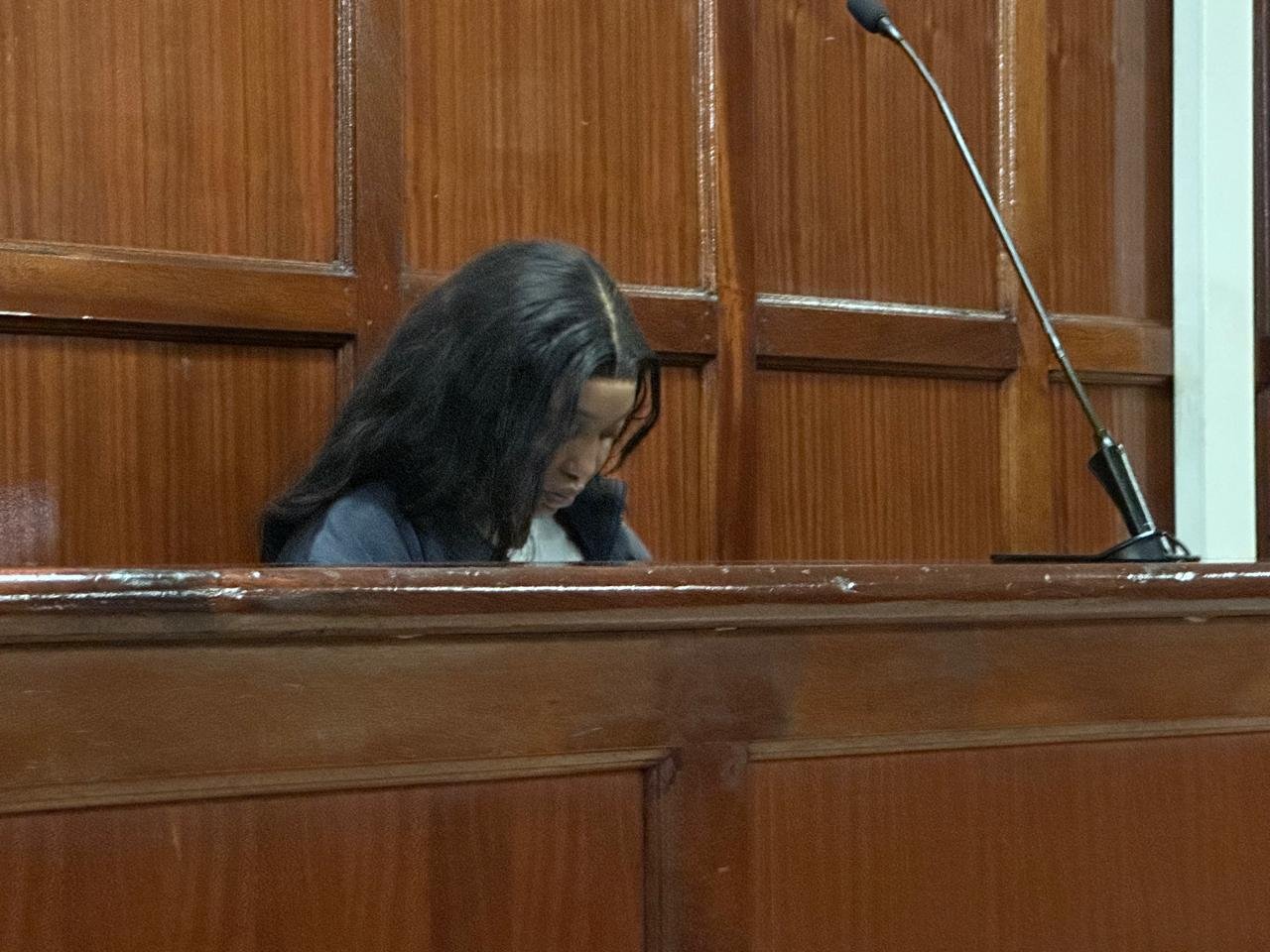From despair to renewal: Kwale farmers restore degraded land through tree regeneration
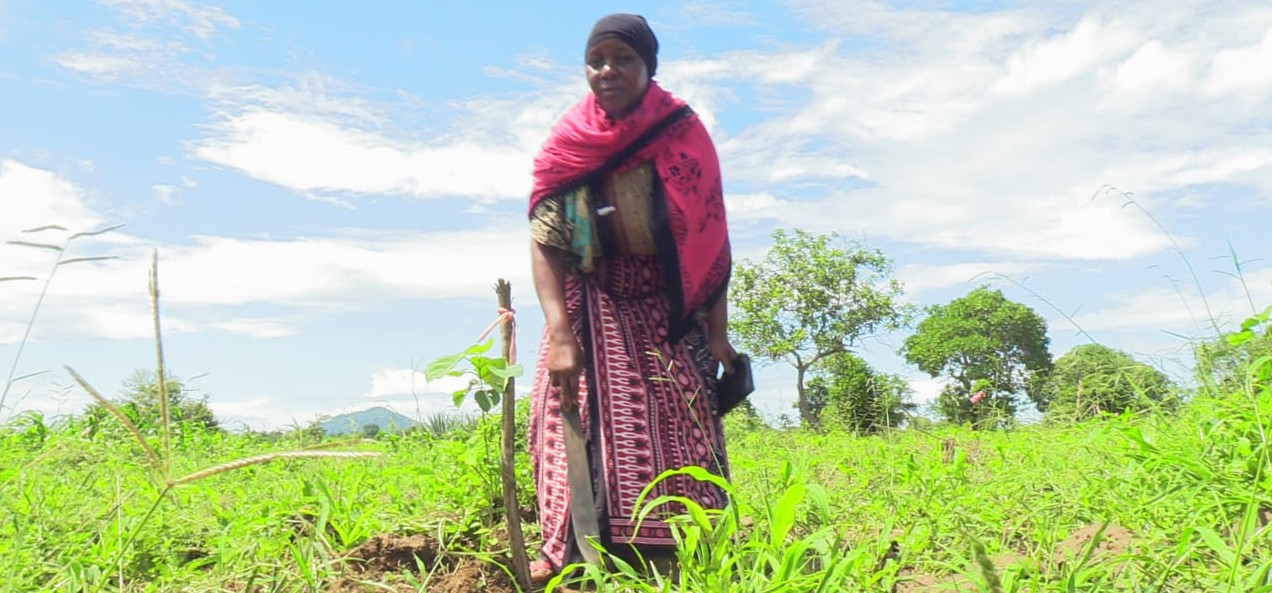
Widespread tree cutting for charcoal and expansion of farmland stripped the soil of its natural cover, causing severe erosion and depleting the ground’s ability to retain moisture.
For years, farmers in Patanani village, Kwale County, watched their land wither under the weight of deforestation and poor farming practices, leading to dwindling harvests and worsening poverty.
Widespread tree cutting for charcoal and expansion of farmland stripped the soil of its natural cover, causing severe erosion and depleting the ground’s ability to retain moisture.
More To Read
- African islands under threat: What to do about Trump’s withdrawal from climate change agreement
- How climate change fuels rise in gender-based violence in Garissa
- What causes inequality in African countries? New book traces a vicious cycle
- Somalia’s exports are threatened by climate change and conflict: What 30 years of data tell us
- Mandera eyes carbon credits to boost climate action, sustainable development
- How people with disabilities are leading flood preparedness outreach in Garissa
As rainfall patterns changed and food production declined, many residents feared for their survival.
“I remember when the land was rich and productive. But when the trees disappeared, so did the rains. We did not know the damage we were causing," says Said Ndaro Mwandaro, 70, a farmer in Mwangulu Ward.
His wife, Fatuma Said Ndaro, 48, admits they unknowingly harmed their environment by removing indigenous trees in favour of open plots for crops like maize and cassava.
“We thought we were creating space to grow more food, but in the end, we were only making things worse,” she says.
But the tide is turning.
Land restoration
A growing number of farmers in Patanani have embraced a new approach to land restoration through farmer-managed natural regeneration (FMNR), a technique that nurtures the regrowth of native trees from existing stumps and roots rather than planting new seedlings.
Led by the Visiki Hai Initiative under the Restore Africa Programme, and supported by World Vision Kenya, this method is helping reverse years of degradation.
Farmers are now witnessing greener fields, improved soil fertility, and better crop yields.
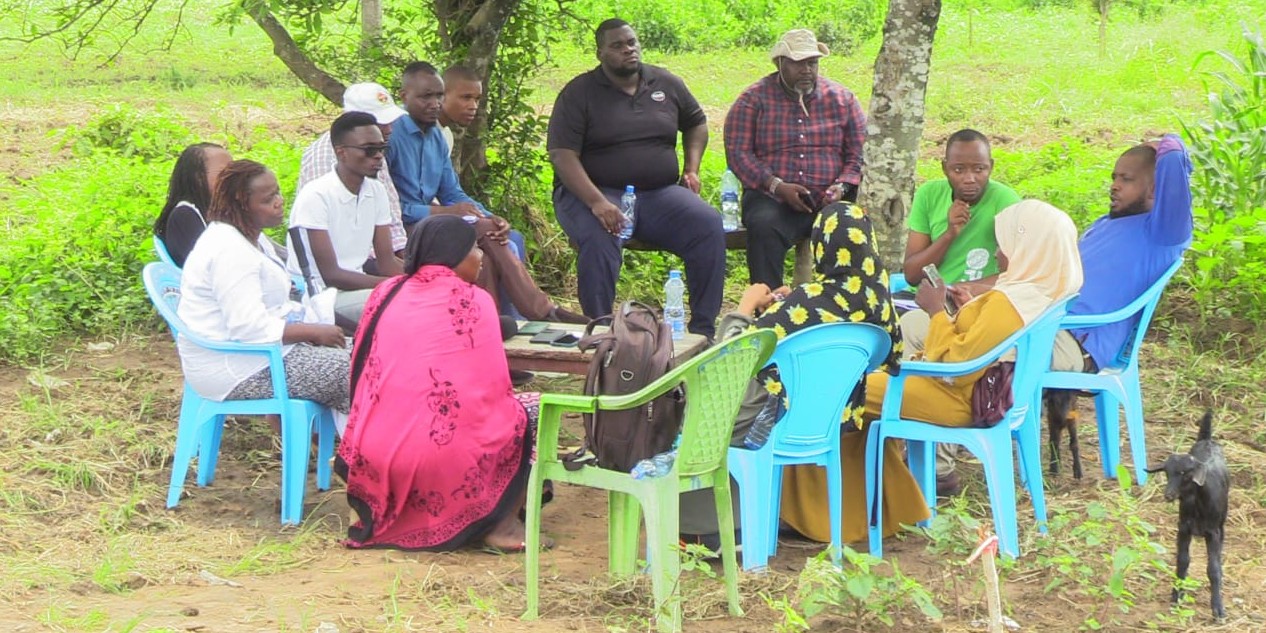 Fatuma Ndaro and her husband Said Ndaro during a visit to their farm by World Vision and Global Evergreening Alliance officials. (Photo: Farhiya Hussein)
Fatuma Ndaro and her husband Said Ndaro during a visit to their farm by World Vision and Global Evergreening Alliance officials. (Photo: Farhiya Hussein)
Fatuma, who now practices agroforestry on part of her farm, says the difference is clear.
“Since I started allowing trees to regrow and planted others, my land has changed. The soil holds water longer, and my crops no longer dry up too quickly.”
With guidance from World Vision, Fatuma revived over 100 previously cut trees and received 48 seedlings of mango, miborea, and casuarina trees. These trees now help regulate soil temperature, reduce erosion, and act as natural carbon sinks.
Growing momentum
More than 50 farmers in Patanani have adopted the FMNR method, and the momentum is growing. The practice not only boosts harvests but also enhances climate resilience in a region increasingly affected by erratic weather.
Dismas Nyaga, World Vision’s project manager in Kwale, says the initiative is both timely and crucial.
“FMNR offers a practical solution to climate change. It restores the land, improves food security, and empowers farmers to lead the change.”
Across Kenya, the wider Restore Africa Programme aims to restore 250,000 hectares of land, support 250,000 households, and reduce carbon emissions by over 11 million tonnes.
Morris Bati Lewa, a seasoned farmer from Mwareni Ward in Lungalunga Sub-County, recounted his journey: “I’ve cultivated maize for many years, but after Restore Africa visited and educated us on the value of tree planting, I chose to dedicate a portion of my land to growing trees. Today, I’m reaping the rewards through fruits such as tamarind from the Mkwaju trees, oranges, and even baobabs, all of which provide an additional source of income.”
Lewa also addressed concerns from some farmers who feared that planting trees could result in losing their land to external organisations.
“That’s completely untrue. The land remains under your ownership, and so do the trees. World Vision is merely guiding us to safeguard our future,” he explained.
Beneficiaries
In Kwale alone, 50,000 farmers are expected to benefit from training, tools, and technical support to improve their farms and protect the environment.
Still, challenges remain.
Many farmers, including Fatuma, rely on untreated water from dams, which is unsafe and unreliable during dry seasons.
“We need more water storage systems and better irrigation. Without them, all our progress could be undone by one long drought,” she cautions.
She is calling on government agencies, NGOs, and development partners to prioritise investment in small-scale water infrastructure to support long-term success.
As more farmers join the restoration movement, the once-depleted lands of Patanani are showing signs of recovery.
Trees are returning, soil is stabilising, and communities are beginning to reap the rewards of sustainable farming.
“We are healing the land, and in doing so, we are securing our future. This is no longer just about farming, it's about survival,” says Fatuma.
Top Stories Today

